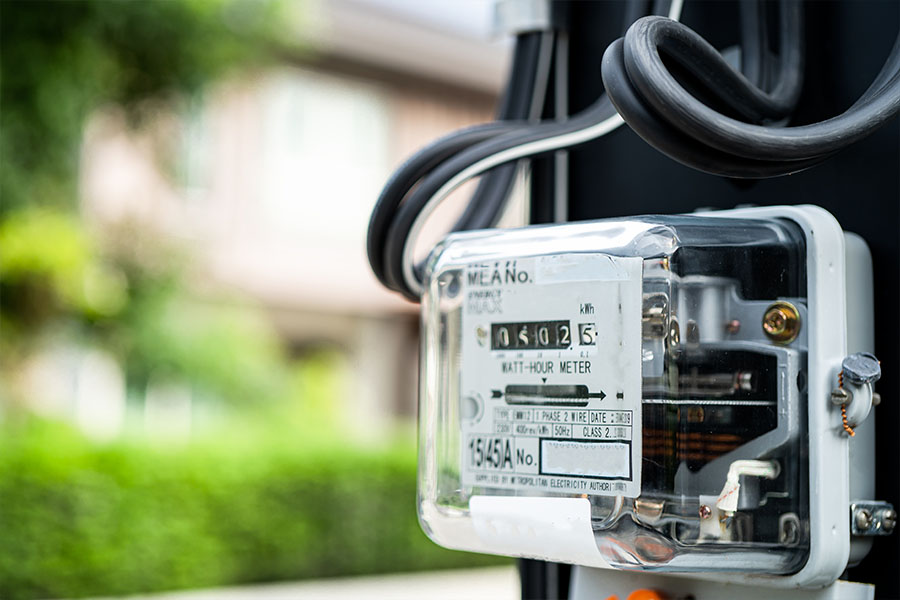Site Assessment: A thorough evaluation of the site is conducted to assess its suitability for installing prepaid electricity meters. This assessment includes examining the existing electrical infrastructure, determining the meter’s location, and identifying any potential challenges or limitations.
Meter Compatibility: The audit involves verifying the compatibility of the prepaid electricity meters with the existing electrical system. This includes assessing the meter’s specifications, communication protocols, and integration requirements with the utility’s infrastructure.
Data Collection: Relevant data about the consumer’s electricity consumption and billing history is collected during the pre-installation audit. This information helps in establishing accurate initial meter settings and ensures a seamless transition to the prepaid system.
Customer Communication: Communication with the customers plays a crucial role in the pre-installation audit. The utility or service provider informs customers about the upcoming installation, explaining the benefits and features of prepaid meters, addressing any concerns or queries, and outlining the process for recharging the meter.
Meter Installation Plan: Based on the site assessment and customer requirements, a comprehensive meter installation plan is developed. This plan includes determining the number of meters needed, scheduling installation appointments, and coordinating with the necessary resources and personnel.
Regulatory Compliance: Compliance with applicable regulations and standards is an essential aspect of the pre-installation audit. The audit ensures that all necessary permits and approvals are obtained and that the installation process adheres to safety guidelines and industry regulations.
Testing and Validation: Before the actual installation takes place, the pre-installation audit may involve testing the prepaid meters to ensure their functionality and accuracy. This includes verifying the meter’s ability to accurately measure electricity consumption, record data, and communicate with the utility’s systems.
Documentation and Reporting: Throughout the pre-installation audit, detailed documentation is maintained, capturing all relevant information such as site assessments, customer interactions, technical specifications, and compliance records. These documents serve as a reference and enable proper reporting of the audit findings.

